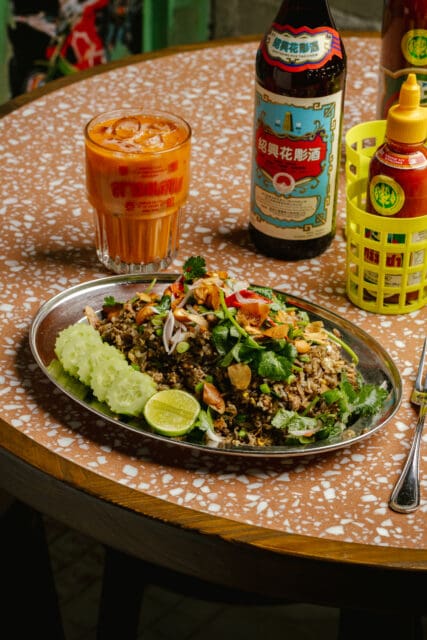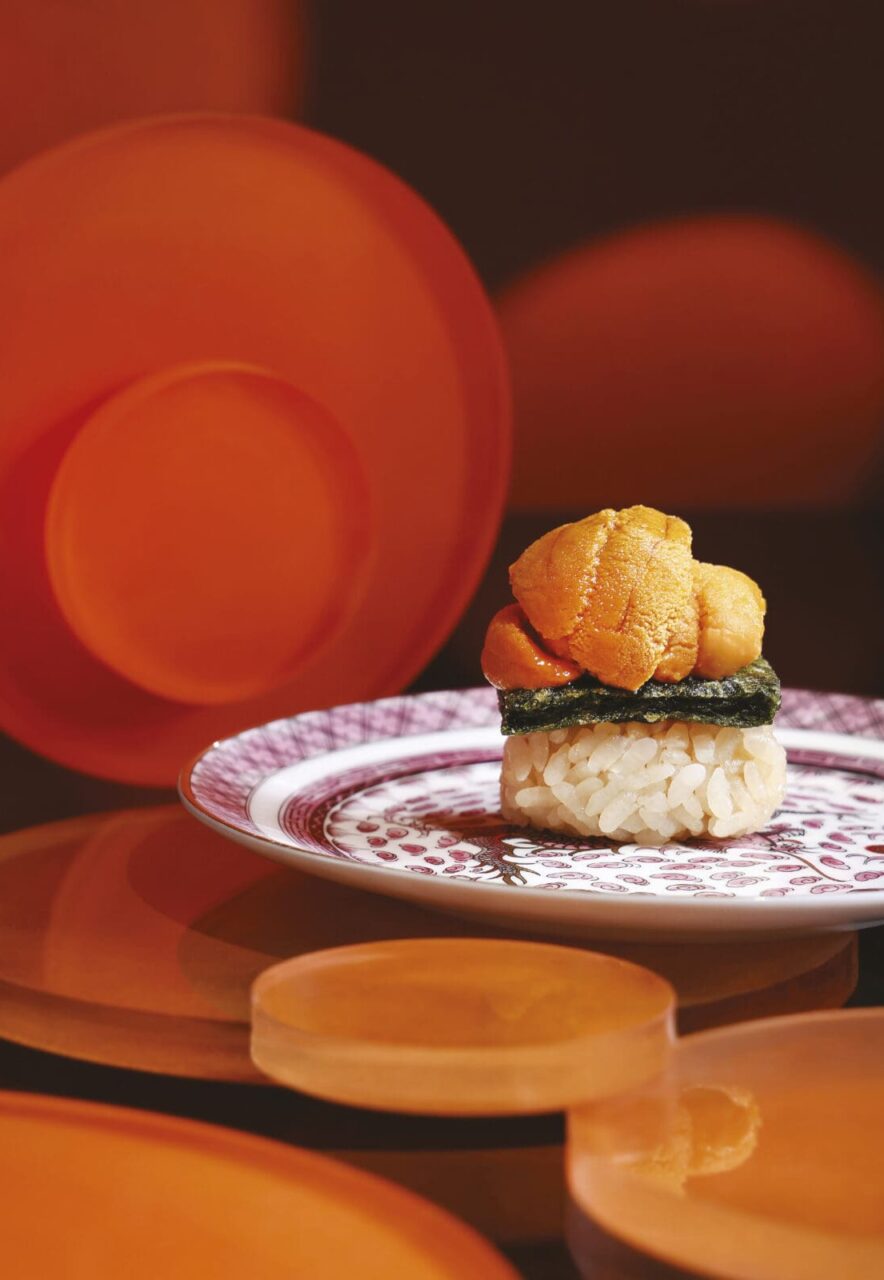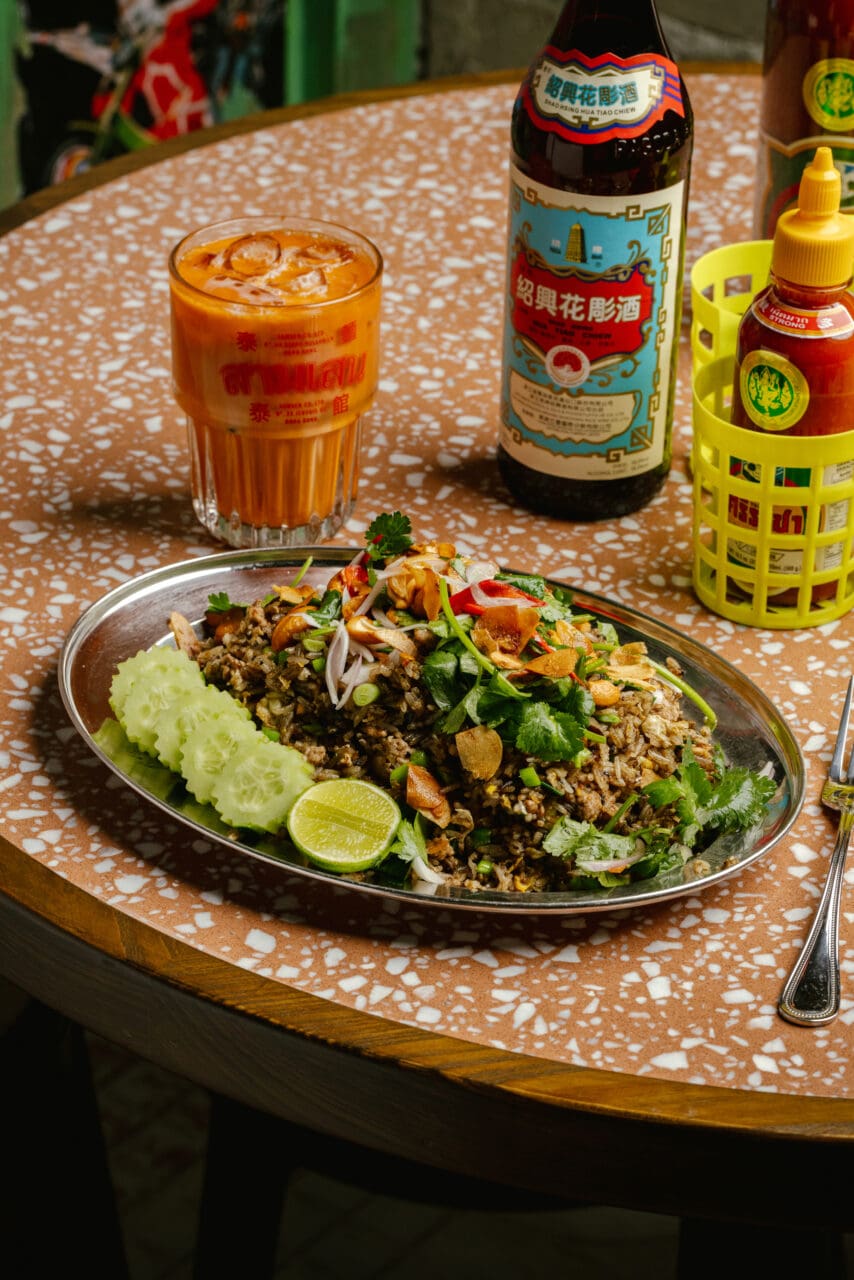Despite being one of the five basic tastes, there’s often a struggle for most people to come to a consensus on what exactly umami is and how to best define it. Search for references online and the internet will pinpoint ingredients such as mushrooms, tomatoes, and miso. But three culinary geniuses who are cooking up a storm in the city agree that umami does not indicate any one single flavour. Instead, it’s about unleashing a complex combination of flavours that are locked within these ingredients.
In an effort to refine our umami senses, we dig into some of these chefs’ latest creations.
Leela
Driven by a deep passion for his country’s cuisine, chef Manav Tuli spends much of his time going down rabbit holes of ancient Indian manuscripts in search of valuable culinary knowledge and delicious recipes. “What we are doing at Leela is we are trying to go back to our roots; study the older recipes which are not so much celebrated,” he says. “The beauty of Indian food is there is so much diversity. I still feel like I just started learning. When I first started thinking of doing a new project, I thought that a lot of chefs are going forward in their approach—I think some people should go backwards.”
At Leela, he has adopted a recipe for nagori korma that originally comes from the royal Mughal courts, topping it off with a complementary Plantin Kaviari’s black truffle quintessence. Veal is marinated in fenugreek powder and slow cooked, while a separate pot filled with a rich medley of ingredients evolves into the complex korma gravy. Tuli lists them out: ginger, garlic, onions, cashew nuts, basil, veal or lamb stock, clove, cumin, cinnamon, green and black cardamom (a mixture he deems “automatic umami”) as well as caramelised onions for sweetness, green chilli for heat, lots of yoghurt for a sour tang, and a generous amount of black pepper as per his personal preference. “Umami is not one flavour, it is a combination of flavours with the application of heat and serving it at the right temperature.”
Shop 301-310, Lee Garden Three, 1 Sunning Road, Causeway Bay; @leela.hkg
Donovan
After 13 years in Australia, renowned chef Donovan Cooke packed up his things and flew back to Hong Kong last year, setting up his eponymous restaurant in the heart of Causeway Bay. Excited to finally have access to produce from anywhere in the world, Cooke lets his imagination run free, crafting new menus on a monthly basis. Part of that creative process is reinventing his signature recipes. Those who dined at The Hong Kong Jockey Club’s Derby Restaurant during Cooke’s reign will remember this foie gras ballotine, albeit a little differently. “I took a lot of inspiration from the Japanese way of cooking because it’s taught me about how to get flavour without having to add too much salt and still have that mouthfeel of depth of flavour.”
This time, the foie gras undergoes a two-week long transformation with the help of a marinade of miso, soy, mirin and Japanese brown sugar. Slow-cooked and ready for plating, the foie gras is served alongside caramelised nashi pears, Japanese dried plums, and a translucent blanket of sake jelly. “I was told from a young age that when you have a dish you have a star, and the star needs friends. At the end of the day the star is foie gras but the foie gras needs friends to make it sing. So both the pears and the dried plums offer sweetness, texture and a little bit of sourness, while the jelly is just an alcoholic flavour bomb to basically bring the whole thing together.” For the full umami experience, the ballotine is often served with a cube of glazed brioche and whipped seaweed butter.
16/F, Cubus, 1 Hoi Ping Rd, Causeway Bay; @donovan.hongkong
House of Culture
“In all my dishes I try to achieve some sort of comfort level, and that comfort usually comes from nostalgia. I try to find something that the majority of people can connect with and that’s usually a mother’s cooking in some format,” says chef Gavin Chin. Among his latest creations for House of Culture is a dish representative of what he calls “the basic umami format”, and one that plays on various layers of sentiment. A comforting balance of sweet and savoury, Chin’s daikon takes notes from his mother’s ABC soup and his first encounter with oden (thanks to his good friend Hiro Yoshikawa of Washi Denim and Taiko Sake). Cylindrical cross-hatched daikon slices are braised in a konbu, mixed mushrooms and soy broth, before they are seared and coated with a glossy reduction sauce made from that same broth. Crunchy puffed amaranth and bubu arare add textural contrast, while a dollop of mustard is an unexpected gamechanger, cutting through the mellow flavours of daikon and the dashi-like broth.
At first glance the daikon is wholly contemporary, with its blackened surface and restrained plating, but a single bite reintroduces those intimate home-cooked flavours. “There’s always a criteria we try to achieve where we want to create something familiar yet unfamiliar. We try to be as modern as possible from a presentation standpoint but flavour-wise we have to make sure it’s tasty and hits those notes of nostalgia. Like yes, my mum would approve this dish.”
G/F Shop B, Kenbo Commercial Building, 335-339 Queen’s Road West, Sai Ying Pun; @houseofculturehk
Photography: Samantha Sin
Styling: Ella Wong
Read Next
Monthly Digest: Samsen Central Opens, Tong Chong Street Market Returns And More
Editor
Alyanna Raissa J. PayosCredit
Lead image: Samantha Sin and Ella Wong for Vogue Hong Kong's May 2024 issue







